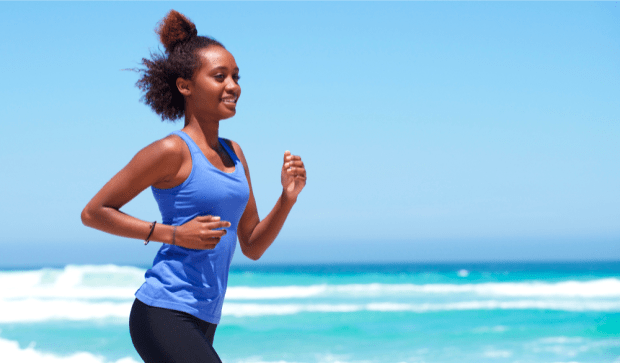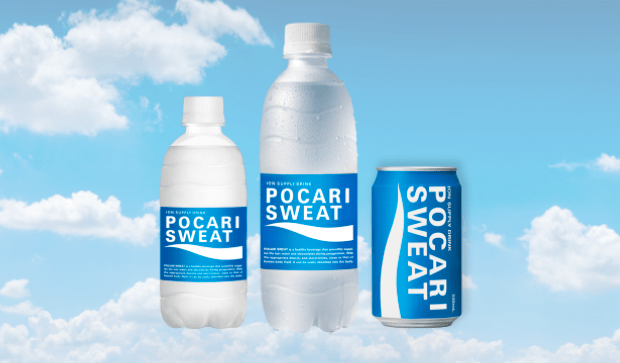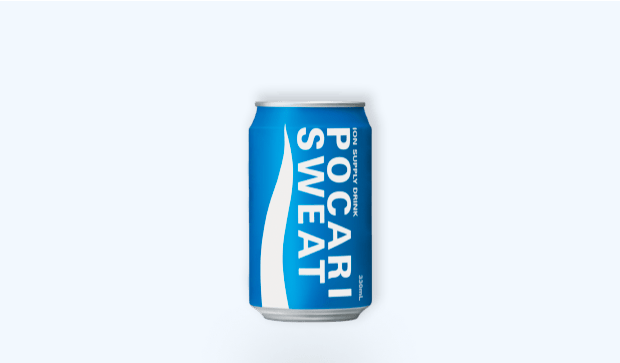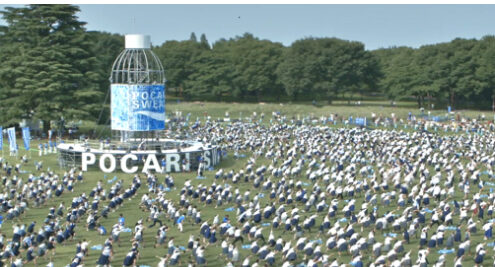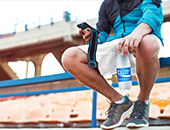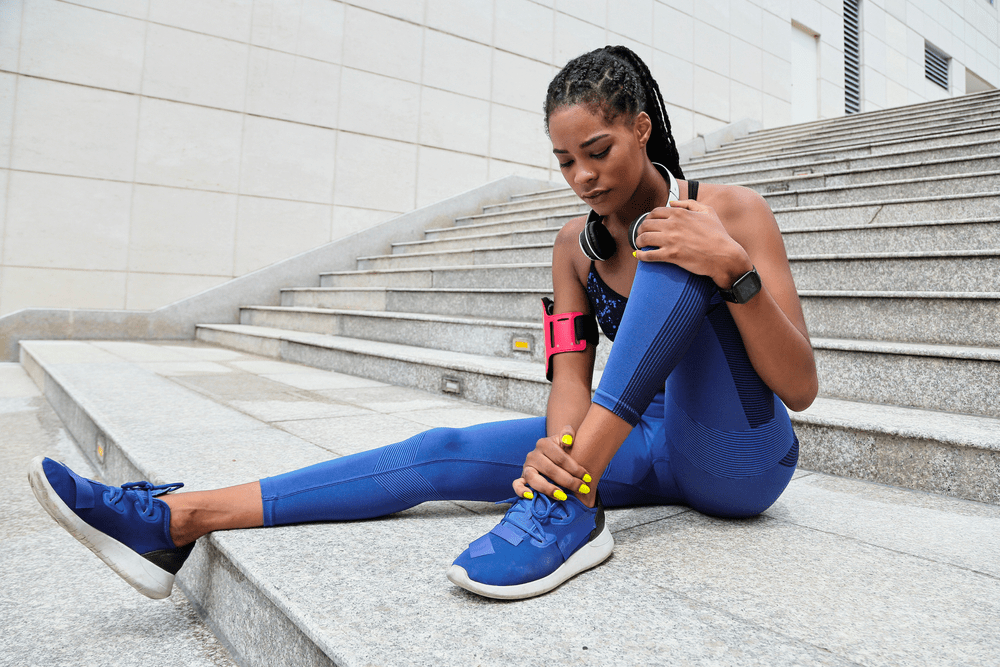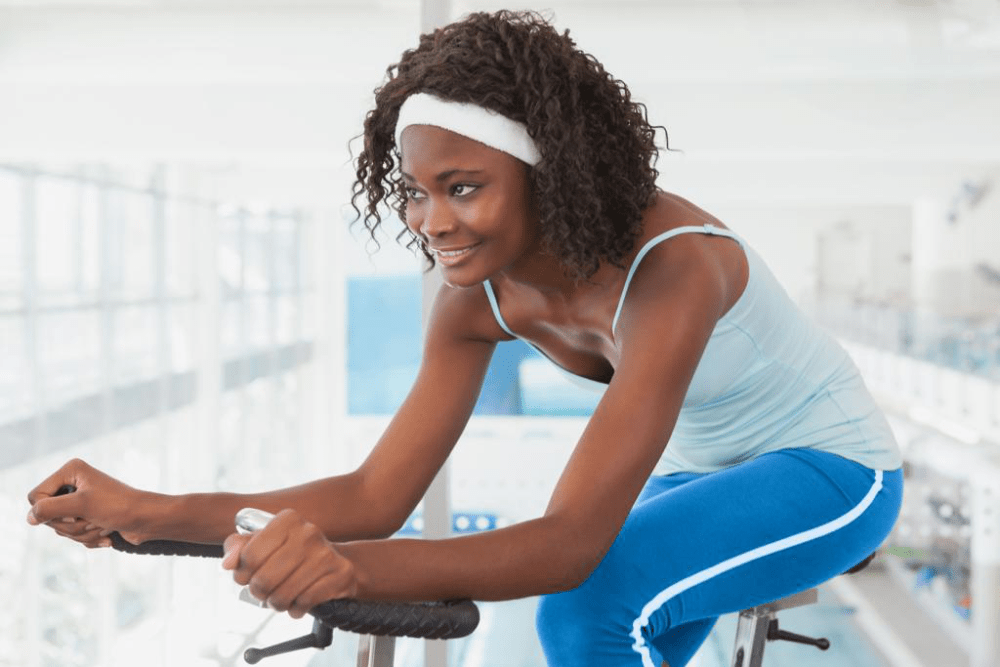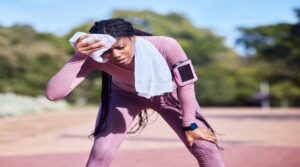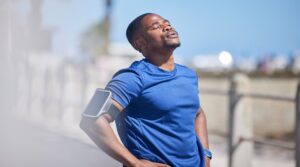Flexibility is our body’s ability to move its joints and muscles through their complete range. You can think of it as the freedom of movement available to you in your everyday activities.
On the other hand, some types of exercises like stretching exercises are designed specifically to increase this freedom, extend our muscles, and enhance their elasticity.
Flexibility plays a vital role in our overall health and fitness. A flexible body is less prone to injuries, more capable of performing physical tasks, and generally indicates a well-maintained, healthy body. Even seemingly simple activities such as bending to tie a shoelace or reaching for a high shelf become smoother with improved flexibility.
Benefits of Flexibility and Stretching Exercises
1. Improved Range of Motion and Joint Mobility
Regularly engaging in stretching exercises allows your joints to move more freely. Increased joint mobility makes our day-to-day movements easier and helps us age gracefully, maintaining our independence as we grow older.
2. Enhanced Athletic Performance and Functional Movement
As your flexibility improves, your body requires less energy to carry out the same movements, leading to improved endurance and overall performance. This advantage is not just limited to athletes; better functional movement helps us perform our daily activities with greater ease.
3. Injury Prevention and Reduced Muscle Soreness
Improving flexibility reduces the risk of injuries since your muscles are more capable of handling physical stress. What’s more, stretching exercises, particularly post-workout, can significantly reduce muscle soreness, making your fitness journey much more pleasant.
4. Improved Posture and Alignment
Years of poor habits can lead to incorrect body alignment and posture, often resulting in discomfort or even chronic pain. Regular stretching can help correct these issues by lengthening tight muscles that pull areas of the body away from their intended position.
5. Stress Relief and Relaxation
Stretching exercises provide an excellent way to relieve stress. They help relax tense muscles and encourage the release of endorphins, the body’s natural ‘feel good’ chemicals. They also provide a mental break, allowing us to recharge and relax.
6. Improved Circulation and Energy Flow
Lastly, stretching exercises help increase blood circulation in your body. Better blood flow means more oxygen and nutrients are reaching your muscles and organs. This results in increased energy levels and an overall sense of well-being.
Types of Stretching Techniques
1. Static Stretching
In static stretching, you extend a specific muscle or group of muscles to its furthest point and then hold the stretch for about 20-30 seconds. This type of stretching is most beneficial after your workout as it helps to cool down the body, lengthen the muscles, and improve overall flexibility.
2. Dynamic Stretching
Dynamic stretching involves moving parts of your body and gradually increasing reach, speed of movement, or both. It’s not about bouncing or jerking. Think of controlled, smooth, and deliberate movements, like leg swings or arm circles.
3. Proprioceptive Neuromuscular Facilitation (PNF) Stretching
PNF stretching is a more advanced form of flexibility training involving both the stretching and contraction of the targeted muscle group. This type of stretching often requires a partner or trainer and is commonly used in rehabilitation scenarios.
4. Active Stretching
In active stretching, you assume a position and then hold it with no assistance other than using the strength of your agonist’s muscles (the muscles being stretched are known as the antagonists). An example of active stretching is lifting your leg and holding it high without any assistance.
5. Passive Stretching
Passive stretching is also referred to as relaxed stretching, and as the name suggests, it involves assuming a position while another person or an apparatus provides the force needed to stretch. This is an excellent way to cool down after a workout, as it allows each muscle group to relax and elongate.
6. Ballistic Stretching
Ballistic stretching uses the momentum of a moving body or a limb in an attempt to force it beyond its normal range of motion. This type of stretching can be risky and is often discouraged, as it can lead to muscle strains or even damage your joints and muscles if done improperly.
Stretching Exercises for Different Muscle Groups
1. Neck and Shoulders
- Neck Stretches: Gently tilt your head towards your shoulder and hold for 15-30 seconds. Repeat for the opposite side. Remember, the movement should be slow and controlled, not forced.
- Shoulder Rolls: Stand or sit tall. Roll your shoulders up, back, down, and forward in a smooth motion. Repeat this 10 times, then reverse the direction.
2. Chest and Upper Back
- Chest Stretch: Stand tall, interlock your fingers behind your back, straighten your arms, and gently lift your hands upward. Hold this position for 15-30 seconds.
- Upper Back Stretch: Extend your arms straight in front of you and interlock your fingers with palms facing outward. Push your hands forward and slightly curve your upper back. Hold this position for 15-30 seconds.
3. Arms and Forearms
- Tricep Stretch: Raise one arm, bend it at the elbow, aiming your hand towards the middle of your back. Use your other hand to push back the bent elbow gently. Hold this for 15-30 seconds and repeat for the other side.
- Wrist Flexor Stretch: Extend one arm in front of you, palm up. Use your other hand to gently press down on the extended hand, stretching the forearm and wrist. Hold for 15-30 seconds and repeat on the other side.
4. Spine and Core
- Cat-Cow Stretch: Begin on your hands and knees. Slowly arch your back like a cat (rounding it upwards) and hold. Then lift your chest and tailbone towards the ceiling, curving your back down, mimicking a cow. Alternate between these positions for 30 seconds to a minute.
- Seated Forward Bend: Sit on the ground with your legs straight in front of you. Bend forward at the hips (not the waist) and try to touch your toes. Hold this position for 15-30 seconds.
5. Hips and Glutes
- Hip Flexor Stretch: Take a big step forward with your right foot, bend the knee, and keep the left leg straight behind you. Lower your body slowly until you feel a stretch in the front hip. Hold this position for 15-30 seconds and repeat for the other side.
- Pigeon Pose: Start in a tabletop position, bring your right knee forward towards your right hand, then angle it out towards the right. Stretch your left leg straight behind you. Hold this position for 15-30 seconds and repeat on the other side.
6. Legs and Calves
- Hamstring Stretch: Stand tall, bend at the waist, and try to touch your toes, keeping your legs straight. Hold this position for 15-30 seconds.
- Calf Stretch: Stand a little distance away from a wall. Extend one leg straight back, keeping your heel flat on the floor. Lean into the wall until you feel a stretch in your back leg’s calf muscle. Hold this for 15-30 seconds and repeat on the other side.
Stretching for Specific Activities
1. Stretching for Runners
Runners typically need to focus on their lower body. Key stretches include the calf stretch, hamstring stretch, quadriceps stretch, and hip flexor stretch.
2. Stretching for Weightlifters
Weightlifters should aim for a full-body stretch, as weightlifting involves nearly all muscle groups. Focus on areas like the shoulders, chest, hip flexors, and hamstrings, which often become tight due to the intense muscular contraction involved in lifting.
3. Stretching for Office Workers
Office workers often deal with tight neck, shoulder, and backness due to prolonged sitting and poor ergonomics. Simple stretches targeting these areas can provide relief. Examples include neck stretches, shoulder rolls, upper back stretches, and wrist stretches.
4. Stretching for Seniors
As we age, maintaining flexibility becomes even more crucial. Seniors should focus on stretches that enhance overall mobility and help with daily tasks. Gentle stretches for the neck, shoulders, back, hips and legs can be particularly beneficial.
Incorporating Flexibility and Stretching into Daily Life
1. Desk Stretches for Office Workers
Take short stretching breaks every hour or so at work. Try a few neck rolls, shoulder shrugs, wrist stretches, or a seated forward bend to relieve stiffness from prolonged sitting.
2. Stretching Breaks Throughout the Day
Don’t restrict stretching to your workout times alone. Taking a few minutes to stretch in the morning, afternoon, and evening can keep your muscles flexible and your energy levels high.
3. Stretching Before and After Workouts
Remember to incorporate a routine of dynamic stretches before you start your workout and static stretches after you finish. This can help enhance your performance and speed up recovery.
4. Stretching as Part of a Daily Exercise Routine
Consider setting aside time each day for a dedicated stretching routine. This commitment can lead to noticeable improvements in your flexibility and overall well-being.
Additional Tips for Improving Flexibility
1. Gradual Progression and Patience
Improving flexibility is a journey, not a race. Allow your body to progress at its own pace. Trying to rush the process can lead to injuries.
2. Listening to Your Body and Avoiding Pain
Stretching should never cause pain. If it does, it’s a sign you’re pushing too hard. Learn to distinguish between a good stretch and pain. Always listen to your body and respect its limits.
3. Breathing and Relaxation Techniques during Stretching
Remember to breathe! It sounds simple, but many people hold their breath when stretching. Deep, relaxed breathing can enhance the effectiveness of your stretches and promote relaxation.
4. Incorporating Other Modalities (e.g., Yoga, Pilates) for Flexibility
Activities like yoga and Pilates are great complements to your flexibility routine. They involve a range of movements and stretches that can significantly improve your flexibility while also strengthening your muscles.
How Dehydration Can Affect Flexibility
Dehydration can hinder flexibility, as muscles lose elasticity when not properly hydrated. During sweat-inducing activities, our body loses water and essential ions, impacting muscle function and potentially leading to stiffness. That’s why it’s important to replenish not just with water but with an electrolyte-filled drink like Pocari Sweat. It rapidly restores hydration and essential ions, promoting better flexibility and physical performance.
Conclusion
In the journey towards improved health and fitness, don’t overlook the value of flexibility. By incorporating regular stretching into your daily routine, you can enjoy numerous benefits, from enhanced movement and posture to reduced risk of injury. Remember, every stretch is a step towards a healthier, more flexible you.



